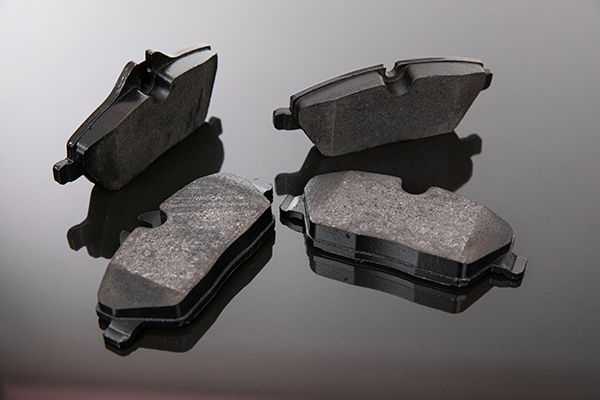
Are you tired of shelling out big bucks for professional brake pad replacements? Fear not! We'll share a simple method for changing your brake pads without breaking a sweat. Ready for a simple garage repair?
Importance of Brake Maintenance
Brake pads are a critical component of your vehicle's braking system, responsible for creating friction against the brake rotors to slow or stop your car. Over time, brake pads wear down due to repeated use, necessitating replacement to maintain optimal braking performance and ensure safety on the road.
Assessing Your Brake Pad Condition
Before diving into the replacement process, it's essential to assess the condition of your brake pads. Signs of worn brake pads include squealing or grinding noises while braking, reduced braking responsiveness, and visible thinning of the pad material. If you notice any of these symptoms, it's time to swap out your old brake pads for new ones.
Excessive wear or a very unusual wear pattern is a reason to be concerned - from possible suspension issues to wheel misalignment. Make sure to visit a professional so they can pinpoint the exact issue and avoid future risks.
Gathering the Necessary Tools and Materials
New Brake Pads
Ensure you purchase the correct brake pads for your vehicle make and model. Consult your owner's manual or speak with an automotive expert if you're unsure.
Jack and Jack Stands
These are essential for safely lifting and supporting your vehicle while working on the brakes.
Socket Set and Wrenches
You'll need these tools to remove the wheel and access the brake caliper.
C-Clamp or Brake Caliper Tool
This tool is used to compress the brake caliper piston, allowing for easy removal and installation of the brake pads.
Brake Cleaner and Lubricant
Cleaning the brake components and applying lubricant where necessary ensures smooth operation and longevity.
Step-by-Step Brake Pad Replacement
Lift and Secure the Vehicle
Use a jack to lift the vehicle off the ground and support it with jack stands for safety.
Remove the Wheels
Loosen the lug nuts with a wrench, then remove the wheels to access the brake calipers.
Inspect the Brake Calipers
Take a moment to inspect the brake calipers for any signs of damage or corrosion. If necessary, clean and lubricate the caliper slide pins for smooth movement.
Remove the Old Brake Pads
Use a socket set to loosen and remove the bolts securing the brake caliper in place. Carefully lift the caliper away from the rotor and remove the old brake pads.
Install the New Brake Pads
Slide the new brake pads into place, ensuring they are seated properly within the caliper bracket. If necessary, use a C-clamp or brake caliper tool to compress the piston to accommodate the new pads.
Reassemble and Test
Once the new brake pads are installed, carefully reattach the brake caliper to the caliper bracket and secure it with the bolts. Double-check all connections and ensure everything is properly tightened. Reinstall the wheels, lower the vehicle, and test the brakes to ensure they are functioning correctly.
If you are having trouble with this garage repair and DIY project, don't worry - just visit Gowen's Automotive Repairs, and we will take care of it.